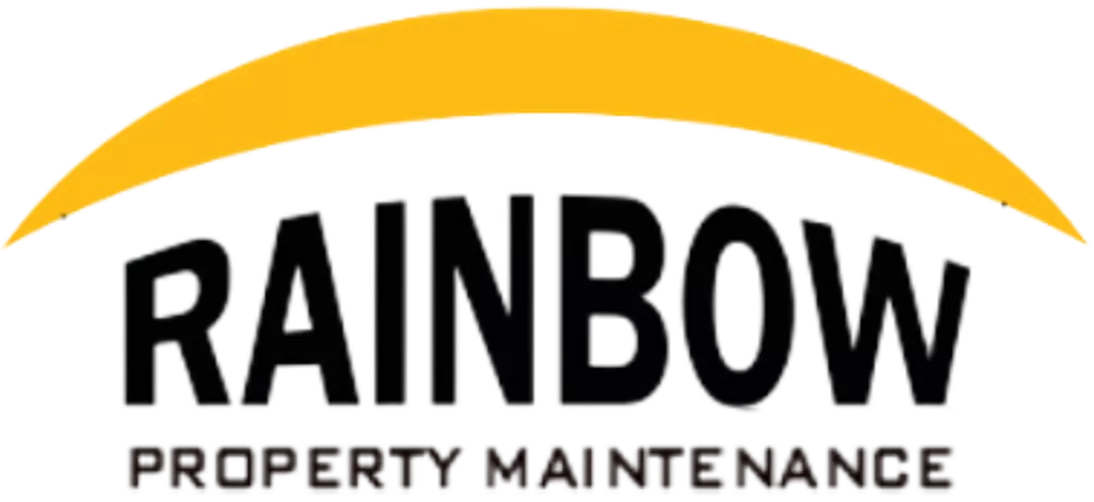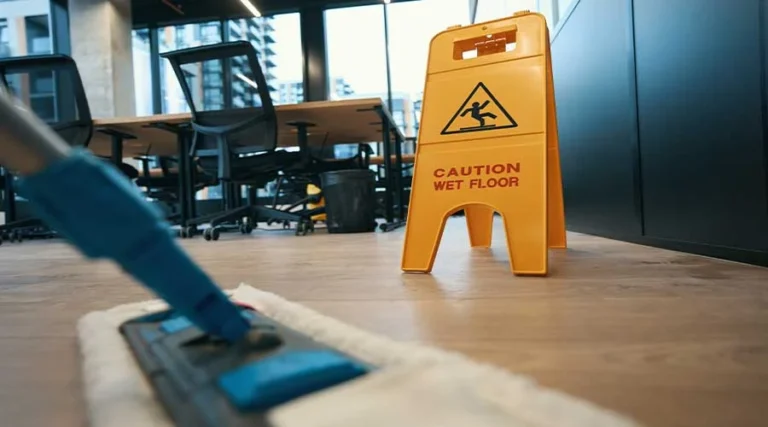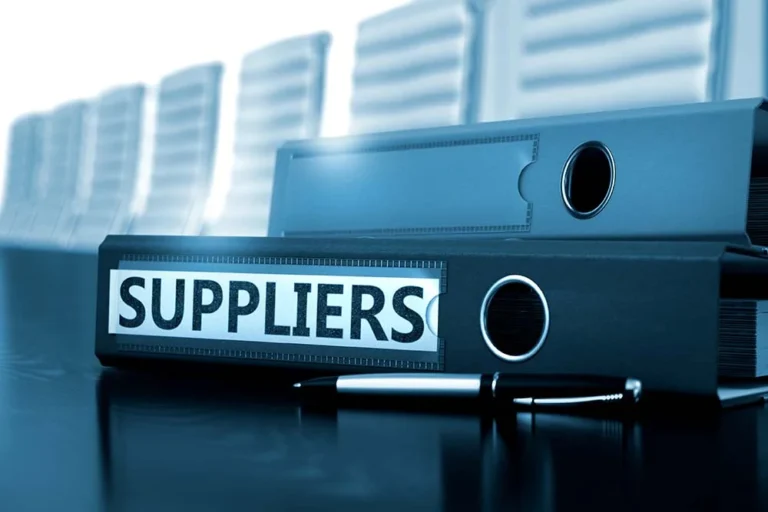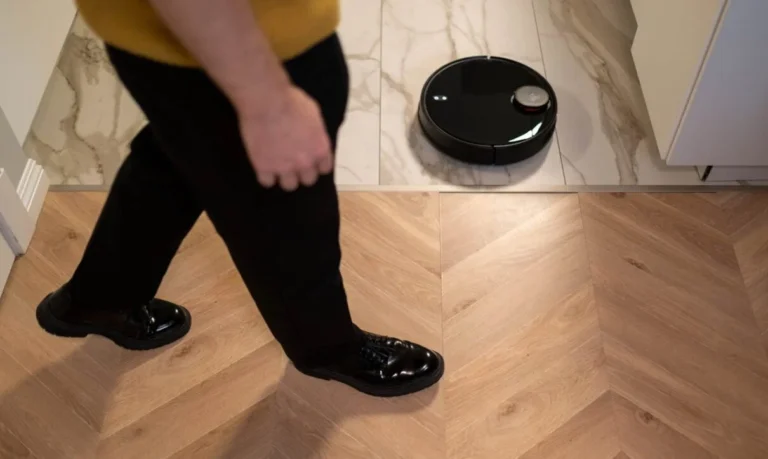How Facility Managers Can Effectively Maintain Cleaning Standards
Facility managers are responsible for ensuring their buildings operate smoothly and provide a comfortable environment for occupants. To fulfill this duty, they often outsource services like janitorial, commercial cleaning, and maintenance to external companies. While outsourcing can provide cost savings and access to specialized skills, it also introduces a quality control challenge. How can facility managers ensure that third-party providers consistently deliver services to the expected standards?
The Risks of Inconsistent Quality
When outsourcing services, the biggest risk is inconsistent or poor quality of work. If the commercial cleaning crew misses areas or uses inferior products, the building won’t maintain the desired cleanliness. If the landscaping company neglects plant trimming or weed control, the exterior will look unkempt. And if the HVAC maintenance contractor takes shortcuts on routine tasks, it could lead to system breakdowns and uncomfortable indoor temperatures.
Subpar cleaning increases illness risks. Messy exteriors and common areas create bad impressions. Frequent HVAC breakdowns dissatisfy tenants expecting reliable climate control. These facility issues ultimately reflect poorly on property management, potentially spurring complaints or even loss of tenants. A diligent commercial cleaning provider following rigorous protocols helps mitigate risks across these areas, supporting tenant health, safety, and satisfaction.
Common quality issues among 5 facility building service providers:
| Janitorial Services | Not consistently following cleaning protocols and checklists, resulting in missed tasks or areas. Their staff often needs retraining. |
| Maintenance | Not thoroughly inspecting equipment as scheduled, leading to unexpected breakdowns. Slow response times to repair requests. |
| Landscaping | Inconsistent with ground maintenance like tree trimming and weed control. Quality depends on the assigned crew. |
| Security | High turnover with security guards leads to gaps in coverage and lack of familiarity with the site. Reporting and patrol diligence varies greatly. |
| Pest Control | The focus seems to be on quick in-and-out service calls rather than comprehensive solutions to pest issues. Problems often reoccur shortly after treatment. |
Clearly, inconsistent or poor-quality work from third-party contractors can lead to big problems. So how can facility managers effectively oversee quality when outsourcing services? There are three key strategies:
Strategy 1: Clearly Define Expectations in the Contract
The first line of defense is being highly detailed when defining expectations in the service contract. Don’t assume the provider inherently understands your standards – spell them out explicitly.
For cleaning services, provide precise specifications such as:
- Frequency of cleaning tasks (daily, weekly, monthly, etc.)
- What areas/surfaces require cleaning
- Approved cleaning products to use
- Processes for special needs like sanitizing high-touch areas
- Measurable quality criteria like the absence of dust, dirt, debris, etc.
For landscaping, specify:
- Frequency of lawn mowing, hedge trimming, weeding etc.
- Schedule for fertilizer, pesticide, or herbicide application
- Protocols for pruning, tree removal, and planting new greenery
- Removal of litter and debris from grounds
- Watering schedules based on weather and season
In the maintenance contract, provide details like:
- Scope of scheduled preventative maintenance on equipment like HVAC systems
- Response time requirements for unscheduled repairs
- Reports or logs to be kept for work performed
- Parts inventory requirements
- Standards for testing/inspection of equipment
- The approval process for any component replacements or upgrades
The table below summarizes key details to define in the contract for various services:
| Service | Details to Specify |
|---|---|
| Janitorial/Cleaning | – Cleaning schedule – Products/equipment to use – Quality standards |
| Landscaping | – Mowing frequency – Pruning/planting protocols – Watering schedule |
| Maintenance | – Preventative maintenance scope – Repair response time – Reporting requirements |
Spending time thoroughly defining these specifications sets a clear baseline for quality expectations. It also minimizes ambiguity that could lead to conflicts down the road.
Strategy 2: Conduct Regular Quality Inspections
The contract establishes the expected quality standards – but how will the facility manager actually measure performance? Regular quality inspections are essential.
For cleaning services, facility managers should conduct periodic unannounced inspections to check results. Walk through the building looking for dirt, debris, streaks or stains that were missed. Check that floors are free of sticky residue and trash cans are emptied. Make sure breakrooms, restrooms, and other common areas meet sanitary standards. Talk to building occupants to get feedback on any problem areas the janitorial staff overlooks.
For outdoor maintenance, examine the property weekly and look for issues like uncut grass, overflowing trash receptacles, or unhealthy plants. Periodically review the landscaping for proper pruning, weed removal, and trimming around walkways and entrances. Watch for erosion issues or malfunctioning irrigation equipment.
With maintenance contracts, request documentation like work orders and maintenance logs to verify preventative tasks are completed on schedule. Follow up on any tenant complaints about comfort issues to ensure HVAC systems get promptly repaired. Check that emergency or after-hours response times are met for any unplanned repairs.
It’s a good practice to create a quality inspection checklist customized to each service. This checklist guides the facility manager on what to examine during inspections and helps maintain consistency. Bringing along the checklist also serves as a reminder for the provider that their work quality is being monitored.
Strategy 3: Implement Ongoing Vendor Communication
The final strategy that supports quality oversight is open and continuous communication with the vendor. Issues are best addressed promptly before small problems spiral into major deficiencies.
Set up recurring meetings to provide performance feedback. Give positive feedback when contractors meet the defined standards to reinforce quality expectations. For any shortcomings observed during inspections, bring these to the vendor’s attention immediately. Discuss the gaps, impacts, and desired remediation.
For example, if inspections reveal floor scruff marks or consistently dirty windows, discuss with the janitorial vendor and clarify the cleaning protocols and products that should eliminate these issues. If landscaping visits reveal accumulator trash or invasive weeds taking over plant beds, work with the contractor to adjust schedules and treatments. If preventative maintenance logs show overdue tasks, get an action plan from the provider to get back on schedule.
Besides discussing inspection findings, encourage vendors to proactively communicate about any challenges they face in meeting expectations. If staffing shortages or supply chain issues occur, the vendor should notify the facility manager so solutions can be discussed before quality is impacted. Both parties share responsibility for identifying potential problems early and correcting them quickly.
Overseeing Quality is a Shared Responsibility
While outsourcing services can provide facility management teams with labor savings and supplementary expertise, it also creates a quality oversight responsibility. Facility managers retain accountability for their buildings running smoothly and meeting stakeholder expectations.
By investing time in defining specifications in the contract, conducting regular inspections, and maintaining open communication, facility managers can fulfill their quality oversight duty while getting the full benefits of outsourcing. The three strategies help align the external provider with the facility’s standards and enable prompt identification and resolution of any deficiencies that arise.
Consistent diligence in managing vendor relationships leads to the delivery of cleaning, landscaping, maintenance, and other outsourced services at a reliably high level – upholding the facility’s reputation and providing a great environment for occupants. Facility managers create real value for their organizations by ensuring this level of quality oversight.
Common Causes of Inconsistent Quality
While problems can arise even with responsible vendors, there are some common pitfalls that create conditions for inconsistent work quality:
- Ambiguous contracts – When the expected scope, standards, and protocols aren’t precisely defined in the contract, vendors have to make assumptions. This results in inconsistencies.
- Infrequent inspections – Problems can go undetected and unaddressed if quality inspections only happen occasionally versus regularly.
- Lack of performance feedback – Without constructive feedback on what they’re doing well and areas for improvement, vendors don’t know to adjust.
- Understaffing – When vendors trim labor costs too thin, their workers get overwhelmed and quality suffers.
- Inadequate training – Insufficient training on protocols and equipment operation leads to errors and rework.
- Deficient supervision – Without proper frontline supervision, workers may take shortcuts instead of following standards.
- Poor communication – When vendors don’t proactively inform about challenges or facility managers don’t engage them regularly, problems aren’t resolved promptly.
- Unrealistic metrics – Metrics that emphasize speed or cost over quality encourage vendors to cut corners.
In many cases, facility managers can work collaboratively with vendors to address the root causes of quality issues rather than just the symptoms. For example:
- Revise contracts to add specificity around problem areas
- Adjust inspection scope and frequency based on risk areas observed
- Provide constructive feedback on positives as well as improvement needs
- Encourage open communication between both parties
- Allow time for retraining and supervision
- Set performance metrics emphasizing quality over speed or cost
Taking these steps to reinforce systems and protocols makes it easier for vendors to perform consistently. It strengthens the partnership between the facility manager and provider for continuous improvement.
Signs It May Be Time to Switch Providers
Despite best efforts, there are occasions when a vendor relationship simply isn’t working out. Warning signs may include:
- Repeated service failures and tenant complaints
- A pattern of band-aid solutions rather than fixing root causes
- Missed appointments, lack of responsiveness, and poor communication
- Significant staff turnover or loss of key personnel
- The provider avoids meetings or inspections
- Frequent errors, accidents, injuries, or regulatory violations
If any of these issues become chronic, it may be a red flag that the vendor is not committed to delivering quality services. In that case, it’s prudent for the facility manager to reassess options and consider replacing the provider.
Key Takeaways
Outsourcing services like janitorial, landscaping, and maintenance creates risks around inconsistent quality but several mitigation strategies exist:
- Invest time to define detailed specifications in the contract
- Perform regular inspections using a consistent checklist
- Maintain open communication channels with the vendor
- Address root causes – don’t just paper over problems
- If issues become chronic, don’t hesitate to find a new provider
With diligent oversight and collaboration, facility managers can obtain excellent service quality from third-party vendors – upholding their standards and delighting building occupants.








